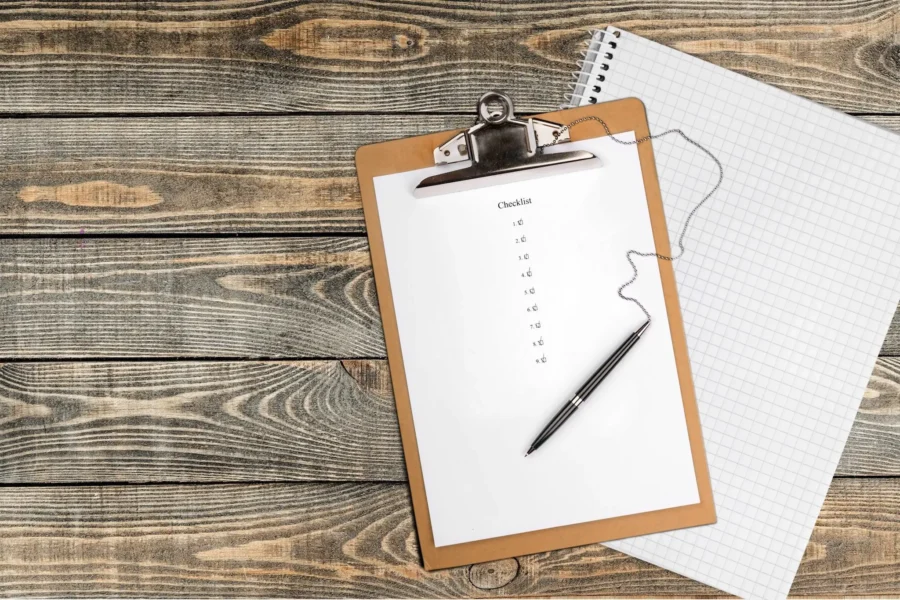Website Usability Checklist

Usability is not something you see, it’s something that happens. You visit a site, the design invites you in, you look around, next thing you know you’re sprawled out on the couch with your shoes off. Welcome, make yourself at home.
Usability Defined
In practical terms, usability measures how easily site visitors are able to complete desired actions. To test how usable a website is, we ask:
- Does it load properly on all browsers and devices?
- Can visitors quickly find what they’re looking for?
- Is it abundantly clear what you do?
- How long does it take to fill out a form or place an order?
Glide points of emphasis:
- Intuitive Navigation: Only include essential pages in the main menu and make it easy to get around.
- Sound Organization: Information is presented in order of importance.
- Clear Visual Cues: Use contrast and spacing to draw the eye where you want it.
- Natural Language: Speak to visitors like you’d speak to friends.
- Zero Clutter: If you don’t need it, delete it. Everything else will stand out more.
- Follow Web Standards: Use the latest CSS, HTML, and accessibility standards as a guide.
- Responsive Design: The site automatically adjusts to fit different screen sizes and devices.
How important is it?
A hard to use website is like having a poorly laid out store manned by unfriendly employees. How people feel about interacting with you online corresponds directly to their satisfaction with your brand.
To go a step further, research has shown that an easy to use website actually increases the level of trust between a site visitor and a business. All things considered, we’d say usability is critical to good web design.





